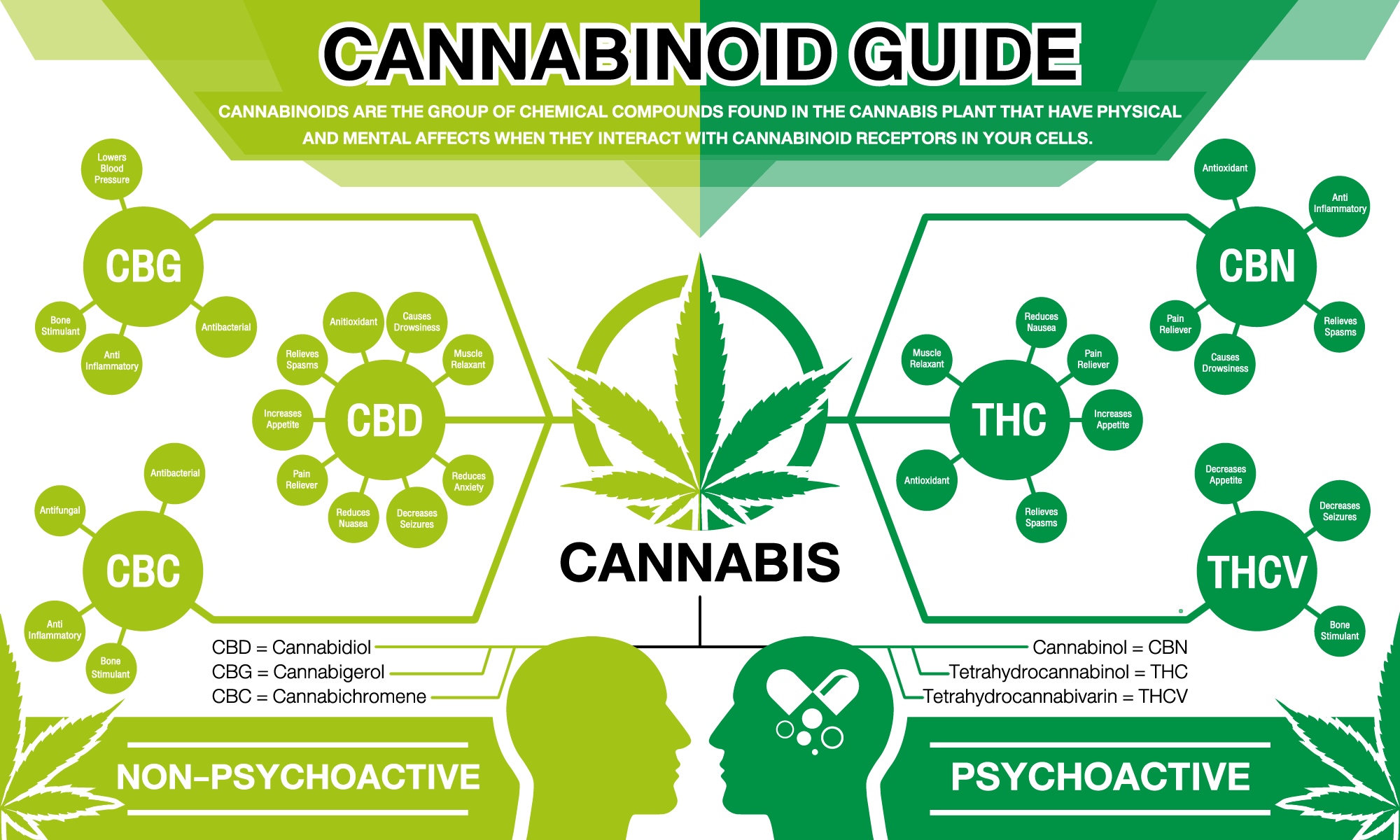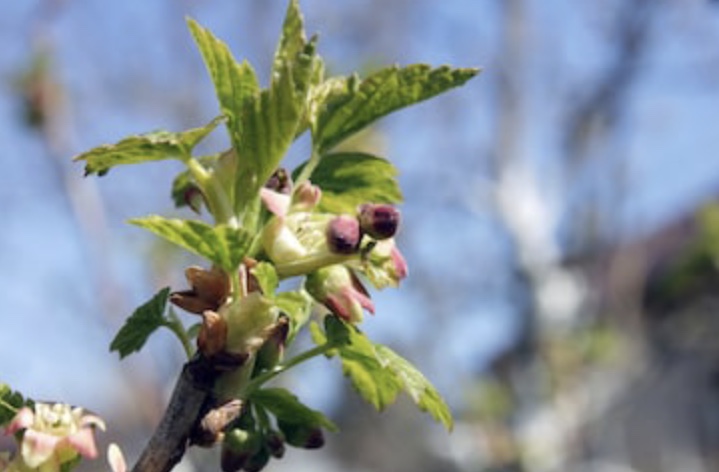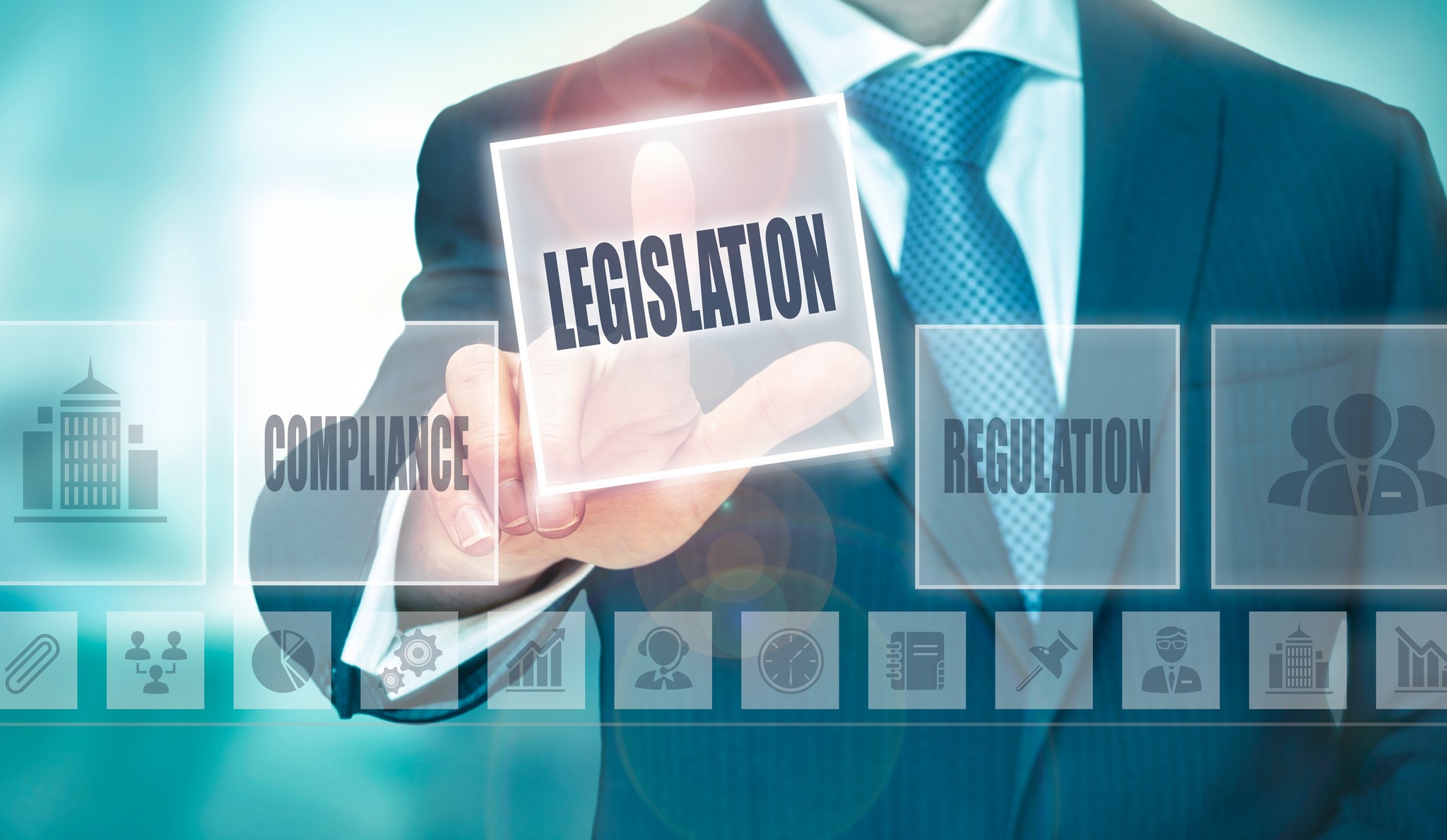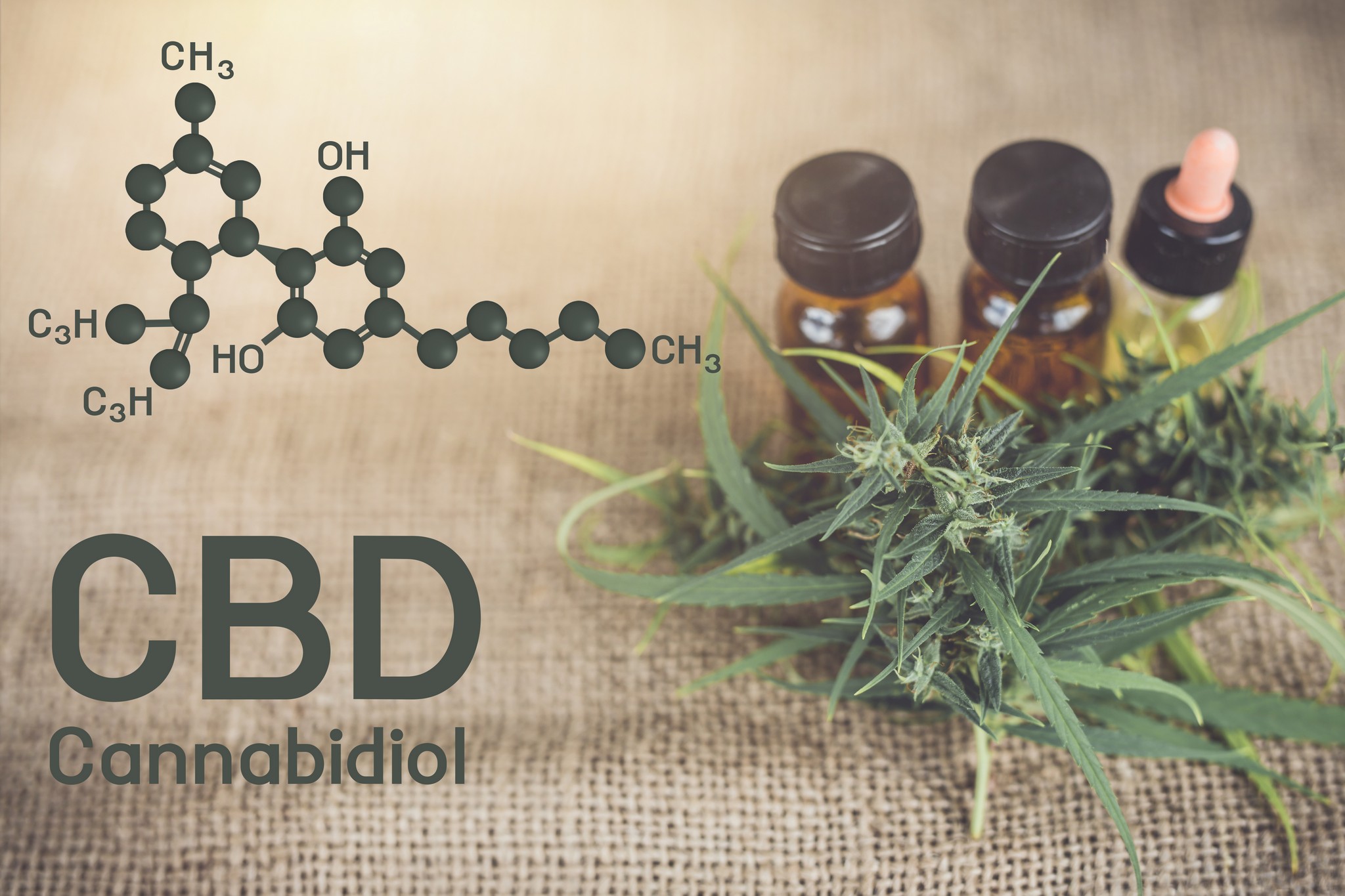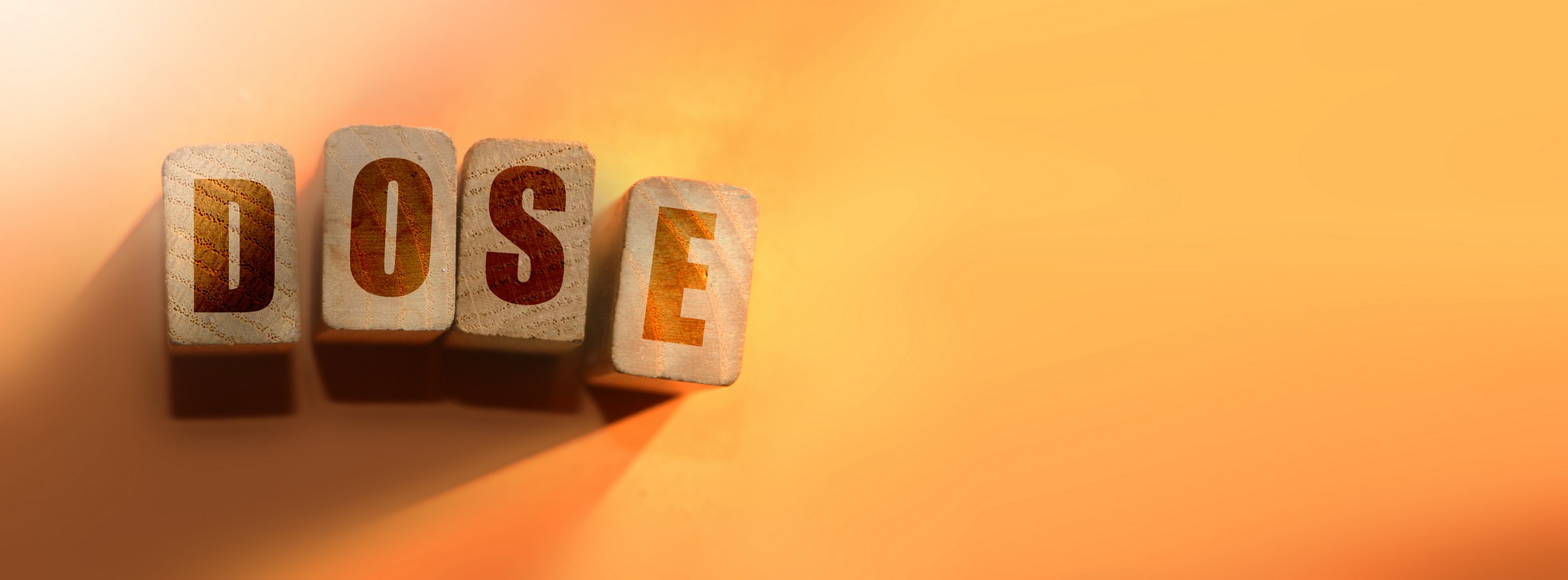Yet again there has been a positive move from the Ministry of Health
Good news
Tilray FS Oral Solution THC 10: CBD 10 product has been verified as meeting the minimum quality standards.
What this means to you ?
Ministerial approval is no longer required for this product. Any NZ registered doctor may prescribe this product to their patients without additional oversight. If you have any applications for this product that have not yet received a decision, the Ministry will consider these applications withdrawn.
Why CBD works better with a little THC (even if you don’t want to get high ! )
Cannabidiol (CBD) and tetrahydrocannabinol (THC) are both natural compounds found in the Cannabis plant. Although both compounds interact with the body’s endocannabinoid system, the effects of these two compounds are very different. THC binds to CB1 receptors in the brain and causes feelings of euphoria or ‘a high’. CBD binds weakly to the CB1 receptor and only when THC is present. CBD does not produce euphoria or ‘a high’.
CBD and THC can be combined in medicinal products in different ratios to produce different therapeutic effects.
The interactive synergy between various cannabis compounds is called Entourage effect.
Ratio’s
The ratio of CBD to THC indicates the amount of CBD compared to the amount of THC in a dose.
Medicinal use of CBD and THC with different ratios THC:CBD, is done with the intention of providing the best possible clinical benefit. Most medicinal cannabis products have higher CBD content than THC. Pure CBD products are considered to have less than 0.3% THC.
Adjusting the ratio of CBD to THC results in a product that utilizes the unique effects of either CBD, THC, or both for a particular patient or clinical effect.
Various conditions that do better with THC:CBD ratio:
Pain:
While THC and CBD have different pharmacological properties, they can both have similar physiological effects, probably acting through different mechanisms. For instance, both compounds can have analgesic and anti-inflammatory effects, so having THC and CBD could potentially enhance an outcome surrounding pain relief.
By changing the ratio of THC to CBD it is possible to target and manage different types of pain.
Mild to moderate pain due to inflammation are better managed with CBD-dominant products and these ratios are unlikely to induce any intoxicating effects.
Neuropathic pain might respond better if treated by increasing the ratio of THC The exact ratio will depend on the severity of the condition and how well THC can be tolerated by the patient.
Very severe pain, such as cancer pain, may require THC-dominant medications.
Anxiety:
THC has a dose-dependent effect on anxiety. At low doses THC may reduce anxiety, but at higher doses can cause anxiety.
CBD has demonstrated efficacy in treating various types of anxiety and is commonly used for this purpose.
CBD-dominant products are likely to provide the most beneficial treatment, and in some cases, pure CBD with no THC present may be the best product to treat anxiety.
Insomnia:
THC is well-known to have sedating properties. However using it alone can cause increased anxiety and lead to other undesirable effects. By adjusting the ratio of CBD:THC, it is possible to block these undesirable effects while still retaining sedating properties.
At the direction of the treating Doctor, adjustments to dosing using a higher ratio of THC at night-time tends to maximise the sedating effects and staying on a lower THC ratio for daytime use, may be appropriate.
Finding the sweet spot
There is a definite advantage in adjusting the ratio of THC:CBD in the medicinal cannabis preparation, which allows to maximize the particular benefits desired, while minimizing any unwanted negative side effects.
THC is psychoactive and may impair your ability to undertake certain tasks, such as driving or operating machinery. CBD is non-psychoactive and non-sedating and can be safely used at much higher doses than THC.
The successful use of cannabis as a medicine depends to a great extent on managing its psychoactive properties. The goal is to administer consistent, measurable doses of a CBD-rich cannabis remedy with as much THC as a person is comfortable with. There is evidence that a small amount of THC results in significant benefits. “This effective dose is lower than the dose usually associated with psychotropic effects of THC.”
Finding the optimal dose and the right ratio, may involve some trial and error.
Your Cannabis specialist will guide you to achieve the best possible outcome.

